Original source:Flip Research tweet
Original compilation: Biteye core contributor Crush
Original compilation: Biteye core contributor Crush
In this article, I compared $ARB with $UNI, $OP, and $1INCH and got some interesting results!
first level title
01. Total Token Allocation
Let’s start with a comparison of total token distribution, here I have combined some categories for a fairer like-for-like comparison.
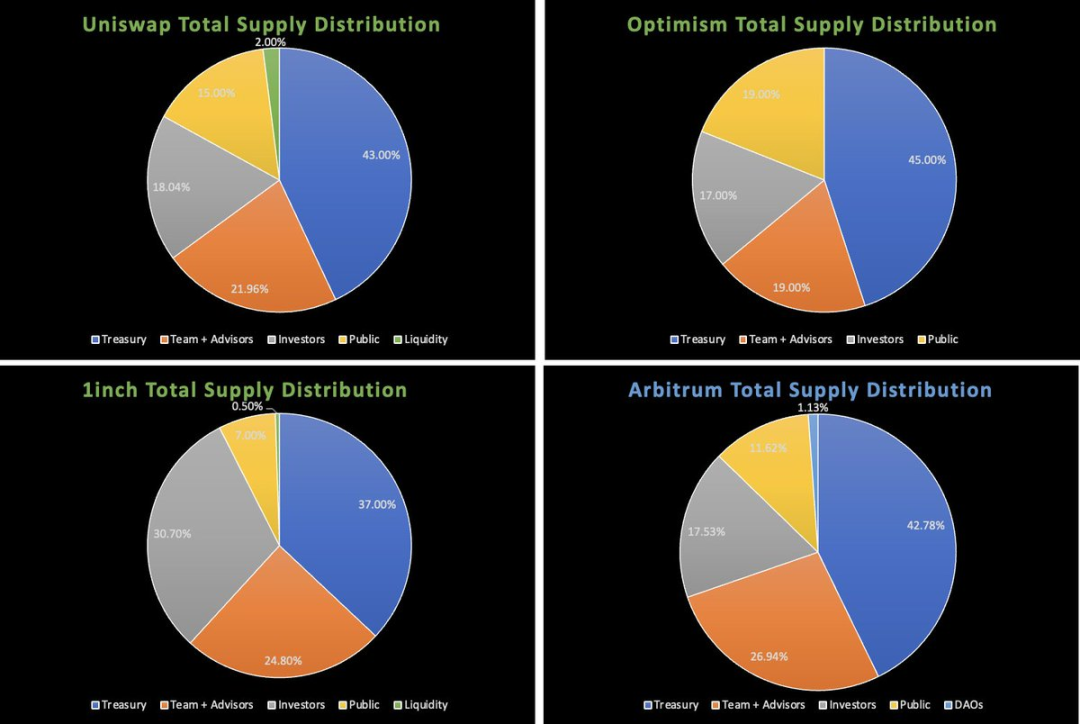
Taking history as a mirror, should I hold or sell my ARB airdrop?
The $ARB airdrop percentage is slightly higher. (Note that $OP has only distributed about 1/3 of its airdrop allocation so far)
Allocation of team + investors is higher than $UNI and $OP, but lower than $1INCH
Allocation of treasury on par with peers

first level title
02. Initial token distribution

first level title
03. Token unlocking
The initial distribution and total distribution of tokens are only part of the data, while the unlocking schedule of tokens helps to understand the relative distribution rate of tokens and where they come from.

Taking history as a mirror, should I hold or sell my ARB airdrop?
Please note that here I assume that the treasury of $ARB is unlocked linearly (this assumption is similar to CG and TokenTerminal, these institutions usually use linear unlocking methods to calculate the issuance of tokens), if there is no such linear unlocking method, then There will not be any $ARB tokens issued during the first year.
first level title
04. Distribution rate

first level title
05. Initial price fluctuations
$UNI
The last part is the initial airdrop price fluctuation. Let's take a look at the price trend of UNI, OP and 1INCH as the control group after the airdrop is issued. (Graph courtesy of @coingecko)
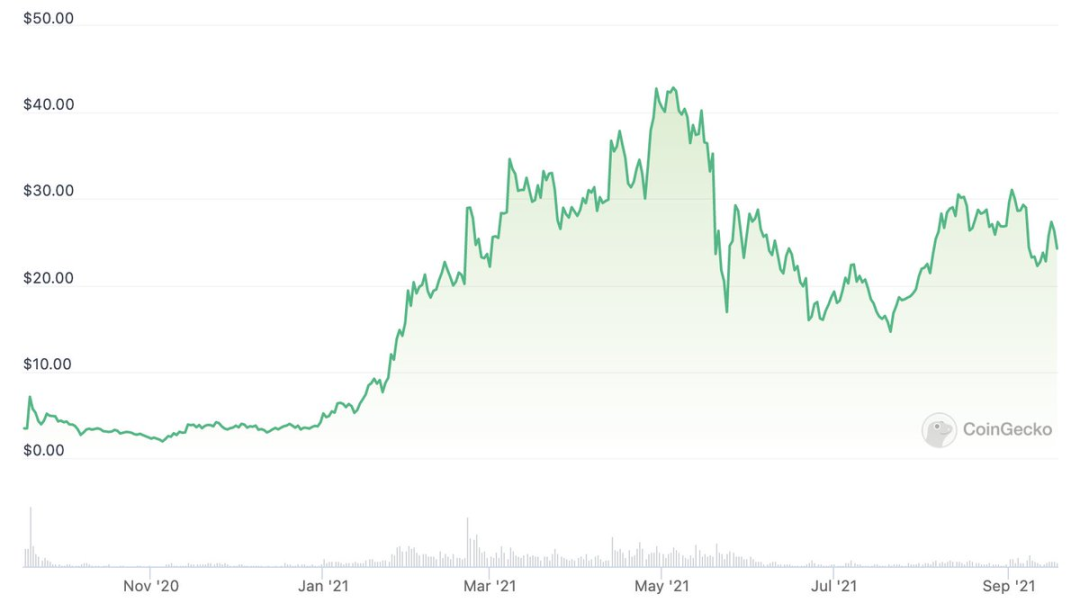
$OP
Taking history as a mirror, should I hold or sell my ARB airdrop?
While OP has a low initial supply, this is offset by its relatively high issuance and bear market listings, so prices are not ideal to begin with.
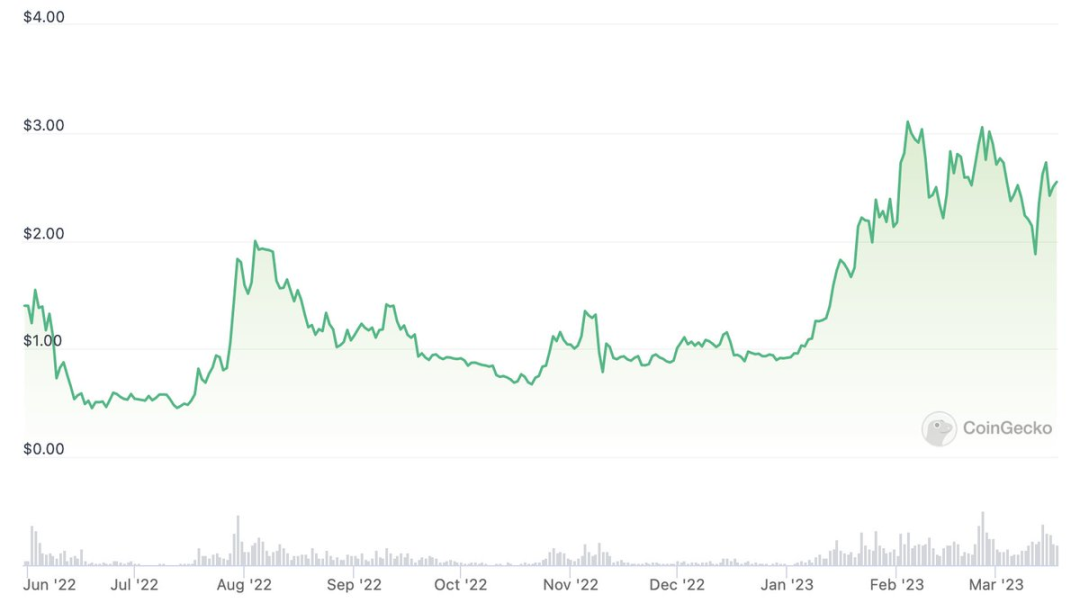
$1INCH
Taking history as a mirror, should I hold or sell my ARB airdrop?
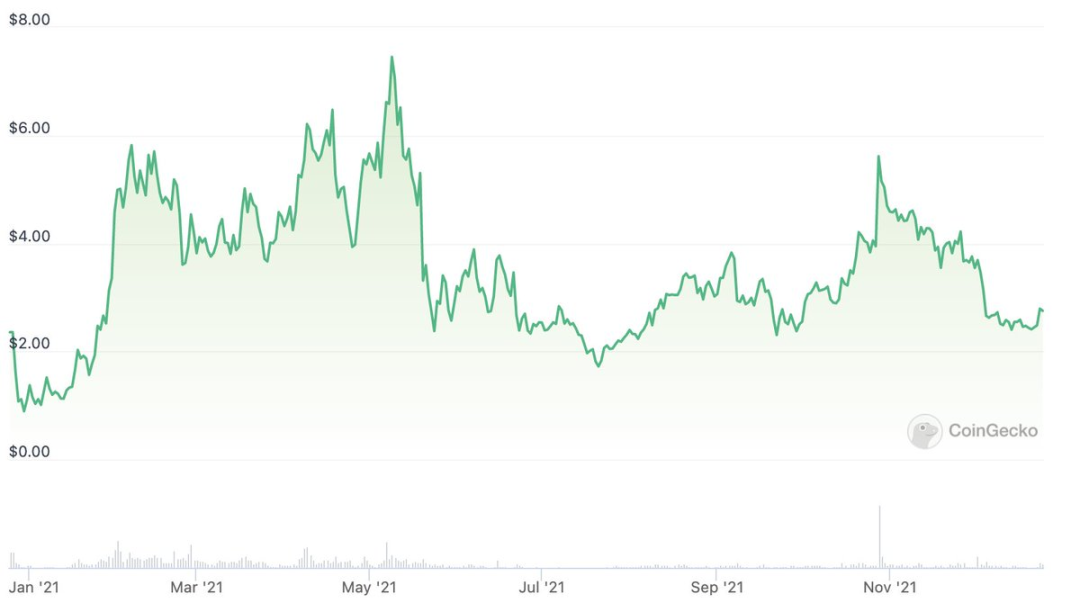
06. Fundamentals
text
In terms of Arbitrum fundamentals, Arbitrum One has attracted considerable locked value and transaction volume, becoming a specialized domain of financial application chains (similar to $GMX, $GNS, and $RDNT).
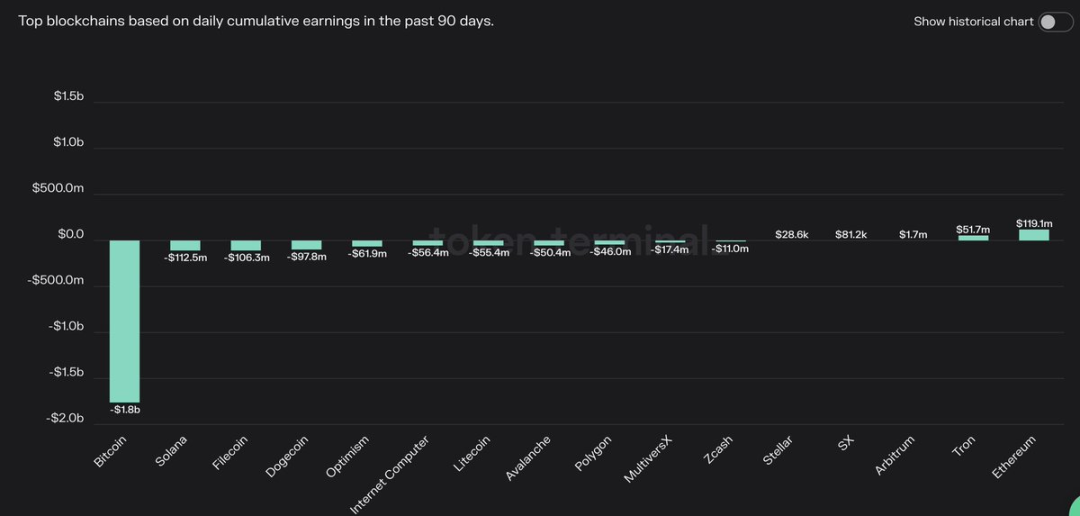
first level title
07. Conclusion
From the above analysis, it can be seen that buying these airdrop tokens when their prices fall is profitable. However, timing the bottom is not easy.
For $ARB, there are three additional considerations:
relatively high initial circulation
But in subsequent year token releases, emissions are lower
The cycle of the market
Considering the above factors, especially the good fundamentals of $ARB, I intend to continue to hold my $ARB airdrop. In addition, if the token price drops after the airdrop is released, then I will buy it in batches. Because according to the above analysis, I expect $ARB to recover the price quickly and make multiple gains.
After the initial sell-off, there really aren't any significant sources of selling pressure, at least for the first year, so I feel comfortable with this strategy.
Of course, this all depends on the initial pricing of $ARB, but I would expect market forces to come into play here.